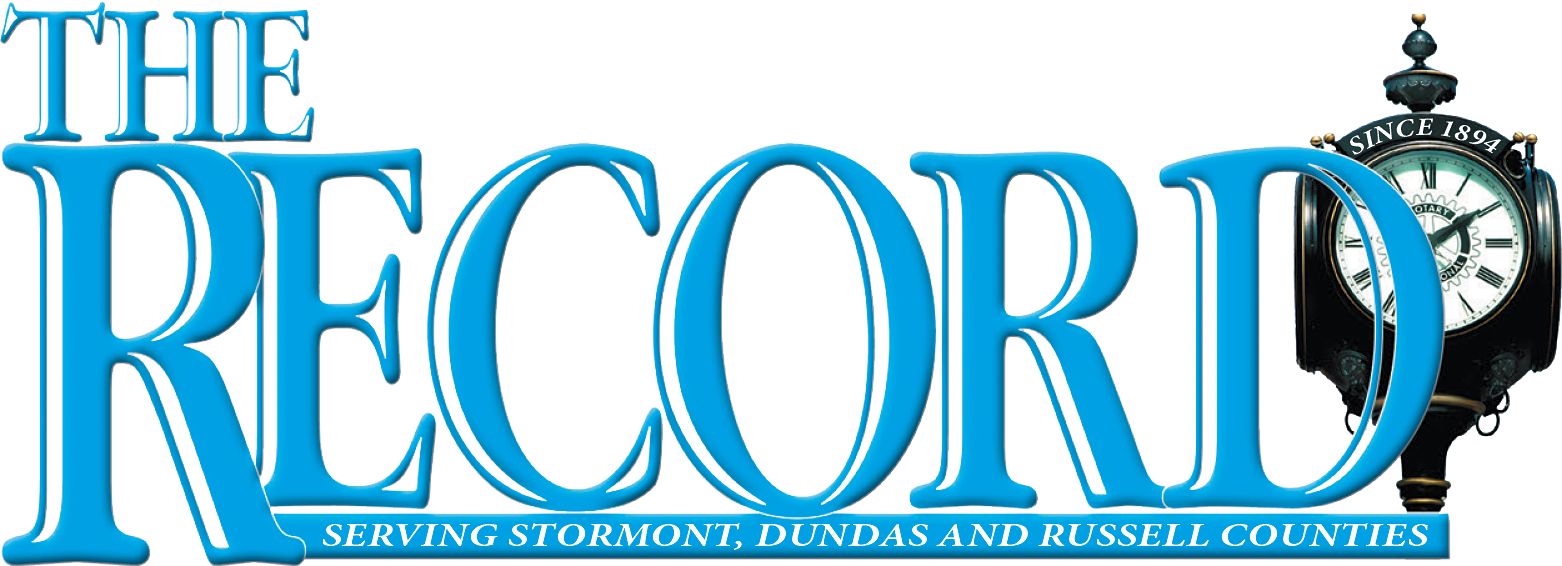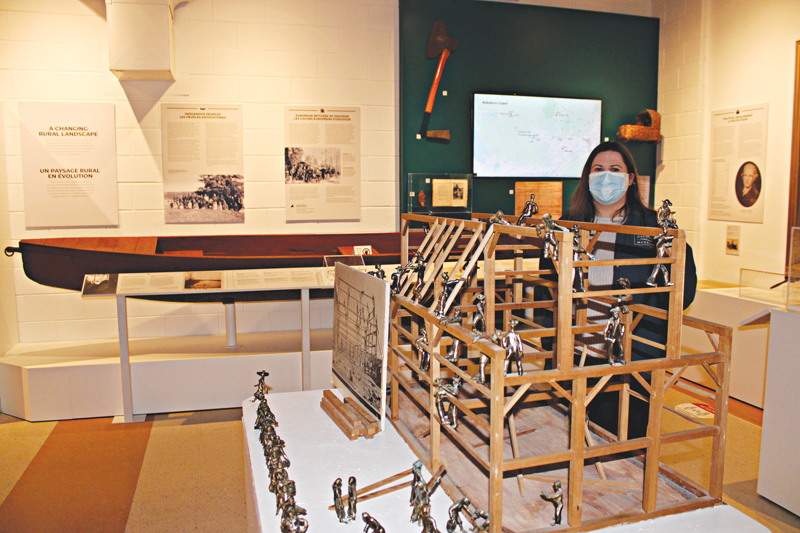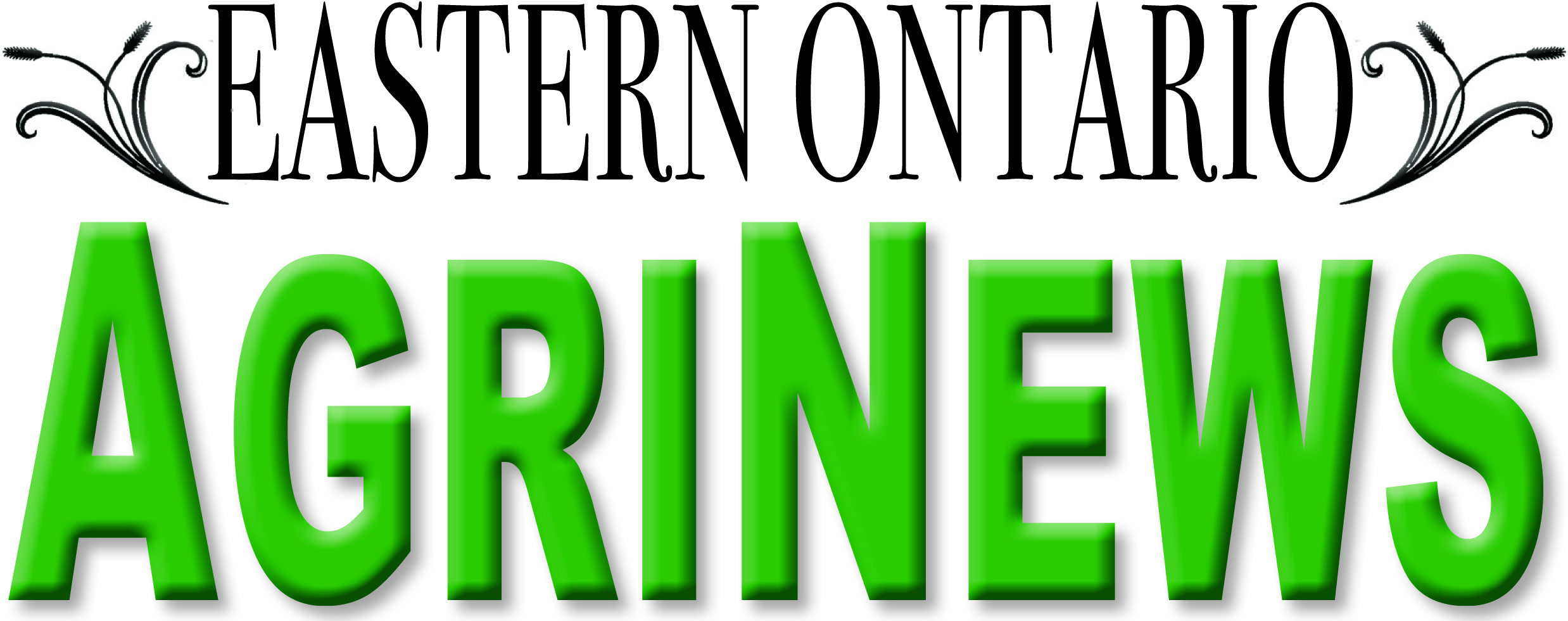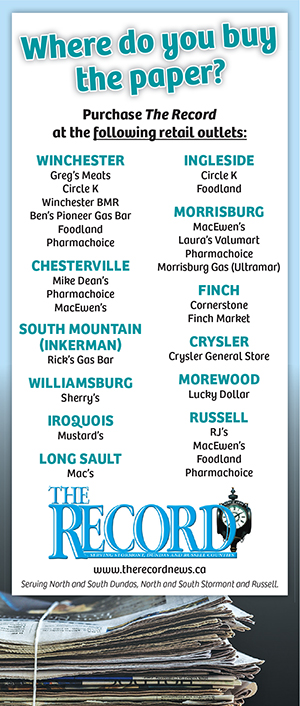Osgoode Township Museum executive director Jillian Jordan is shown in the Elizabeth Stevens Stuart History Room where the Rooted in Rural: Cultivating Connections permanent exhibition is located. A display detailing the community coming together to raise a barn is in front of Jordan with the 17-foot dugout canoe in view. Thompson Goddard Photo
VERNON—The permanent exhibit, Rooted in Rural: Cultivating Connections that opened recently at the Osgoode Township Museum (OTM) in Vernon, provides a look at the history of the local area from earliest times to the present. Located in the Elizabeth Stevens Stuart History Room, the exhibit “focus[es] on rural and agricultural aspects of life in Osgoode Township,” according to Jillian Jordan, OTM executive director.
Jordan explained that the exhibit took over a year of preparation which included major renovations, extensive research, and an examination of the artifacts already in the museum’s possession. She continued there were four members of the museum staff that worked on the project, as well as four Algonquin College student volunteers that assisted in the research and mount-making components. Jordan noted that “everyone came together” and worked seamlessly to get the job done. She expressed thanks to local graphic artists Andrea Tritton and Derek Brousseau of D.B. Custom Designs for their contributions to the project.
The exhibit is arranged in areas that highlight the Indigenous population pre- and post-European contact, military service, commercial activities, local personalities, transportation, and the role of agriculture in the area. Upon entering the exhibit, one immediately can see a 17-foot dugout canoe made from a single pine log by Sam Craig and Alex Kennedy in the 1890s, with the display text noting that “dugout canoes (…) were commonly used by Indigenous Peoples and early settlers.” Jordan explained the first Indigenous Peoples thought to be in the Osgoode area were Algonquin Anishinaabe with the “Indigenous lithic material in our exhibit dating to the late Archaic period, which is 6,000 to 3,000 before the present time.”
Those who have studied the life and times of European pioneers in this country, are well versed in the roles played by community members coming together to complete projects such as quilt making and barn raisings. In the centre of the display is located a cast bronze and wood replica of “an image of a 1922 barn raising on A.J. Kennedy’s property, just north of Vernon,” with Jordan continuing to say that the project was spearheaded by Gary Briggs, a former board member of the museum, and that he utilized the talents of several volunteers.
One of the interesting features of the exhibit was the utilization of two windows in the room used as picture frames for oversized photographs. In the military section, the window provides a frame for an enlarged photograph of three local soldiers, Duff Crerar, Elmo Sully and Bert Campbell from World War One.
Throughout Eastern Ontario, many homes are constructed of Boyd Blocks manufactured in the village of Osgoode. There is also one of the machines used to create the concrete Boyd Blocks by hand. Turning the corner into the final section of the display, is an approximately five-foot paper-mache Mr. Peanut, once located in the grocery store operated by the Porteous family in Vernon. Mr. Peanut is located between memorabilia of singer/songwriter Orval Prophet from Edwards on one side, and items formerly belonging to National Hockey League player Larry Robinson from Marvelville on the other.
Due to current COVID-19 pandemic restrictions, people are unable to participate in an interactive market produce stand that a recent OTM press release describes as playing “homage to the hardworking agricultural families in our community, with the goal of connecting kids with the idea of where our food comes from.”
She mentioned how there are plans to have a temporary exhibit in an open area of the Elizabeth Stevens Stuart History Room during the off-season when the exhibits in the barn are closed. Some themes will include Women in Agriculture, LBGTQ+ In Rural Communities and on the Effects of Climate Change to Crops.
Jordan mentioned how the OTM is dedicated to assisting in the education of the next generation. To facilitate this goal, the OTM has developed two virtual presentations, one on the local participation in the First World War and another on building with Boyd Blocks; these are tied to Grade 9 and 10 curriculum goals and there are more in the planning stages. She also mentioned that the different areas are colour-coded, so when in-person school visits can be held, teachers will be able to assign specific projects to specific colour-coded areas of the exhibit for their students.
Jordan explained in a recent email to The Chesterville Record, “the museum is closed to the public for the duration of the lockdown as directed by the province.” For more information on the exhibit and other OTM initiatives including the Barn Quilt Virtual Tour, please visit their website at www.osgoodemuseum.ca.
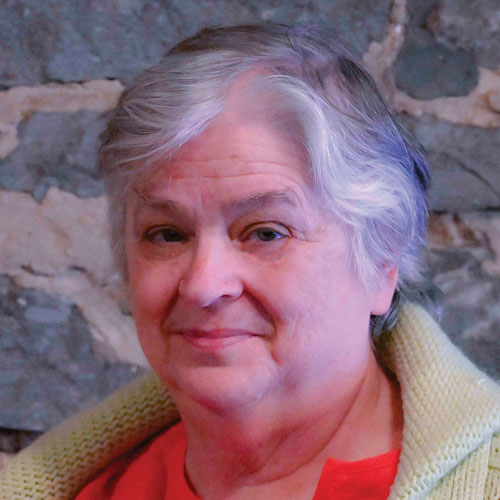
Carolyn Thompson Goddard, grew up in Chesterville and attended North Dundas District High School. After completing her BA in Political Science at Carleton University she has worked as a medical secretary and library technician. In 2020 she graduated from Algonquin College with a diploma in Journalism and has been a reporter and column writer for The Chesterville Record for over 10 years.
